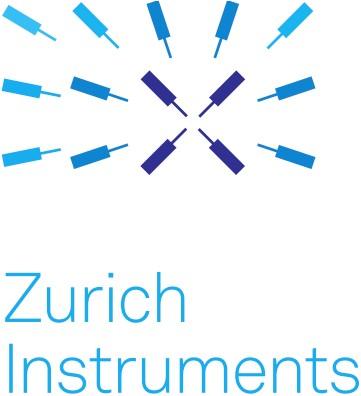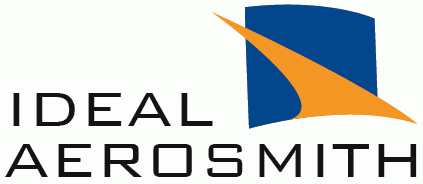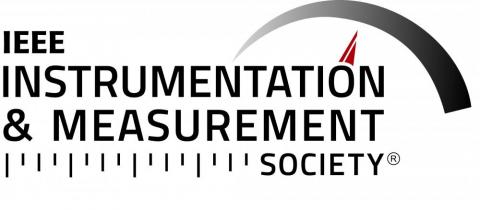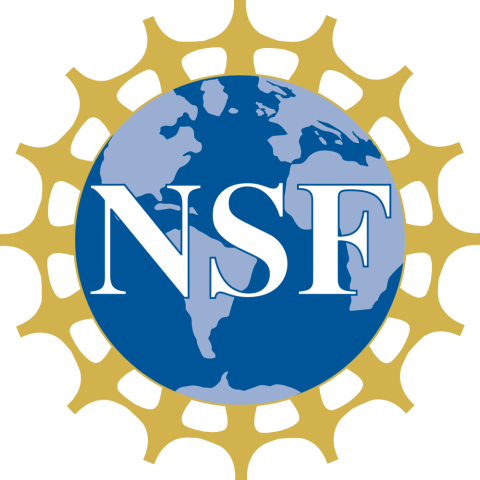Speaker Bio
David W. Allan was born in Mapleton, UT, 25 September 1936. He obtained a BS in Physics from BYU and an MS in physics from the University of Colorado. He worked for 32 years at NBS/NIST in Boulder, CO, where his team developed the nation’s atomic-clock timing-system. His 1965 master’s thesis gave birth to the Allan variance. He later developed the Modified Allan variance and the Time variance, all three of which became international standards. He wrote the time-scale algorithm for optimally combining clock readings to generate official time for the USA. The Italian and Israeli governments invited him to help build their official timing systems. He was the US representative for the Consultative Committee for the Definition of the Second, which determines world-wide official time at the BIPM in Paris.
He assisted with the following programs: APOLLO, GPS, NASA/JPL Deep Space Network (DSN), and millisecond pulsar timing. In 2016 the IEEE celebrated the 50th anniversary of the publication of Allan’s thesis by publishing a special issue with several papers showing its diversity of applications. An ever increasing and impressively large number of instruments across the globe are programmed to compute these variances developed by Allan for characterizing the performance of precise timing systems, navigation systems, telecommunication systems, and systems in other disciplines as well.
Four measurement instruments he invented or co-invented and built are: 1) A device to automatically remove systematic timing errors from a quartz-crystal oscillator, so that its output behaves more like an atomic clock. This was used to generate time at Boulder for a while. 2) A dual-mixer time-difference (DMTD) measurement system, which is now the major means of comparing precision atomic clocks throughout the world with sub-picosecond precision. 3) He had the idea for a GPS common-view timing receiver and his team built receivers demonstrating the comparison of atomic clocks around the world with a precision of a nanosecond. These receivers became the main means of transferring time from the timing centers around the world to the International Bureau of Weights and Measures (BIPM) in Paris for the generation of official time for the world, UTC. JPL funded the development of these receivers because they needed it for the DSN. He also installed one of these receivers at Arecibo Observatory for measuring millisecond pulsars. And 4), after retiring from NIST in 1992, he sold Hewlett-Packard on an idea he had on removing the degradation in the GPS civil signal so that cell-phone towers could be efficiently synchronized. He helped them develop receivers, which HP sold around the world.
He has received a large number of awards, which include: The DoC Silver medal; the second to receive the I.I. Rabi award after Rabi, himself; The Time Lord Award from the International Telecom-Sync Forum; “the founder of the modern time and frequency measurement statistic" award given at the International Symposium on Metrology of Time and Space in Russia; the IEEE/UFFC 2016 Achievement Award with the citation: “For seminal work… regarding time determination, time prediction, time dissemination and timekeeping through contributions to atomic frequency standards, space-based navigation, time and frequency stability analysis, time-scale algorithms, and timekeeping devices.” He is a Fellow in the Institute of Navigation, an IEEE Life Senior Member, and a member of the International Astronomical Union.
His personal goal is to help make the world a better place. He has published well over a hundred scientific papers along with several articles on his web site: www.AllansTIME.com , and he recently wrote a book with this goal in mind: www.ItsAboutTimeBook.com. He believes his success is in large measure because he has been able to “stand on the shoulders of giants,” and because of inspiration he has received from on High.
Optimization in Instrumentation and Measurement
Thesis Statement
Because there is noise involved in all measurements, characterizing the kind of noise helps to not only better estimate the systematics, but to also optimize the design of an instrument and to better understand the measurement results – leading to further progress in design and better understanding of the thing being measured.
Abstract
An instrument is utilized to make measurements of some thing. If there is enough resolution, the measurement values will change over time. These changes are due to both systematic variations as well as random variations. A systematic variation, for example, might be a gage-block is too long by some amount, or its length is drifting perhaps due to its temperature sensitivity. On top of these systematics will be random variations. These random variations typically come from one of three sources: 1) from changes in the measurement instrument or observation technique; 2) from internal variations in the thing being measured; or 3) from externally induced variations from, for example, temperature changes in the environment affecting the thing being measured.
Often, the standard deviation is computed to ascertain the uncertainty of the mean of a measurement set. This is not the optimum way to process the data. These measures only have well defined meaning if the random variations are uncorrelated (white noise). In general, they are not white noise, and the mean and standard deviation are not well behaved and are not statistically convergent for the various kinds of noise we see in nature. Characterizing spectral colors and the kind of noise in the time-domain has been shown to be extremely useful as we move toward optimization.
There are some powerful examples of the above approach in the time and frequency community where the most precise and accurate of measurements are made in all of metrology – now achieving 18 digits of accuracy and precision. For example, the AT-1 time-scale algorithm, which continuously optimizes how the atomic clocks are to be averaged together to provide official time for the US, and which algorithm’s output can be shown to be better than the best of the clocks contributing and even the worst clock enhances the output for optimally smoothed time generated for this country.
Another excellent commercial example is that of Dr. Leonard (Len) Cutler and his team at Hewlett Packard, who designed the 5071-A cesium-beam atomic clock in 1991. Len’s technique so well removed the systematic effects and minimized the random effects on the clock’s timing that 82 % of the some 400 atomic clocks contributing to International Atomic Time (TAI) in 2006 were of his design. To this day, it remains as the most accurate commercial atomic clock, because of utilizing the above understanding of noise and his several clever design techniques.
It seems the only thing that is constant is change. Characterizing those changes can be extremely valuable toward optimizing and best understanding a measurement set, as well as improving instrumentation.


















